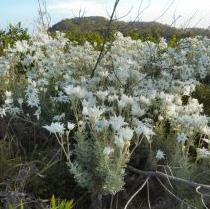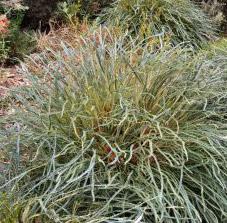
REwater
How can green infrastructure be used to manage water movement and achieve sustainable urban development and human well-being around White Bay Power Station?


How can green infrastructure be used to manage water movement and achieve sustainable urban development and human well-being around White Bay Power Station?
Sydney context


Local context
White Bay is part of Sydney Harbour, located in Sydney's inner west, surrounded by the suburbs of Balmain and Rozelle, and is the last strategic inner harbour site in Sydney available for urban renewal, representing the last deep water and land interface of Sydney Harbour, including White Bay, Glebe Island and White Bay Power Station.

By 2020, protect and restore water-related ecosystems, including mountains, forests, wetlands, rivers, aquifers and lakes

By 2020, protect and prevent the extinction, take significant action to reduce the degradation of natural habitats, halt the loss of biodiversity and,


All aspects of sustainability rely on maintaining and managing green infrastructure. Green infrastructure is the network of green spaces, natural systems and semi-natural systems that support sustainable communities.

E15. Protecting and enhancing bushland and biodiversity.
E20. Adapting to the impacts of urban and natural hazards and climate change.
Benedict and McMahon (2002) point out that natural areas such as wetlands, waterways, flora and fauna habitats, and urban green spaces are all part of the green infrastructure, and these natural life support systems provide habitat for native organisms, improve environmental quality, enhance human well-being, and achieve sustainable urban development.
Parks and open spaces
Address flooding issue Water quality management Biodiversity
Protect heritage Improve harbour water quality Enhance ecosystem
Habitat
Waterways Green ground cover
Outdoor activity
Diverse experiences
Enhance physical health
Human well-being
Enhance Mental health
corridor

The Green Golden Bell Frog (GGBF) was once abundant in Sydney and elsewhere, and in 1863 it was described as "the most common of all Australian frogs". And remained very common until about 30 years ago, when it experienced a dramatic decline due to habitat loss, fragmentation and degradation.
The green and golden bell frog (Litoria aurea) is endangered in NSW and the Department of Environment and Climate Change (DECC) is trying to save it from extinction.

Potential Frog habitat
Existing frog
Urban Ecology Strategic Action Plan identify the Glebe Foreshore Walk include the Jubilee Park has a great potential to provide an continuous habitat corridor in the LGA so my idea is to extend the corridor into the Balmain area (foreshore), and Green and Golden Bell Frog identify as priorities fauna species for the habitat restoration also wetland is quite fit for its habitat conditions.
Green and golden bells frogs are active during the day and breed in the summer when conditions are warm and moist, usually from October to March of each year. From April to August, when the green and golden bell frogs are inactive, they are particularly sensitive to disturbances.
Tadpole diet includes bacteria, algae and organic detritus, while adult frogs feed on almost anything, including insects, spiders, small lizards and snakes, and other frogs (Pyke 1990).
Birds, lizards, snakes, turtles, water rats and other frogs like to eat Green and Golden Bell Frogs.


Breeding season
Calling Males

Breeding Habitat
Constructed bodies of water such as stormwater retention ponds, billabongs or ponds. Ponds that are relatively shallow, but vary in depth to accommodate different growth stages.
Foraging Habitat
Plants that form tussocks provide foraging, usually in the vicinity of breeding habitats. Combined with ground lighting helps attract frog foraging insects. There are submerged plants that provide food for tadpoles.
Refuge habitat
Dense grasses, rock piles, escape from danger and retreat in the short term to avoid extreme weather.




While gray infrastructure such as roads, buildings and Metro stations become the main focus in future urban development, ecology and human well-being also need to receive more attention, so green infrastructure becomes even more important. My vision is to combine green infrastructure and gray infrastructure to form a coexistence of urban and nature.

Green infrastructure can be used as a method of stormwater management to achieve Water Sensitive Urban Design.
The use of natural elements as infrastructure, form green infrastructure that can be used for water management, biological habitat management and other natural process management. (Herrington, 2016)

The presence of contaminants including heavy metals, PAHs and acid sulfate soils in the site due to the site's industrial history and fill materials used in land reclamation has resulted in contamination of the site's soil, sediment, and groundwater.
- Habour water is affected when underground water flows to the harbour through acidic sulfate soils.
Filled soils, man made
Hawkesbury sandstone
Ashfield Shale
Residual soils on shale


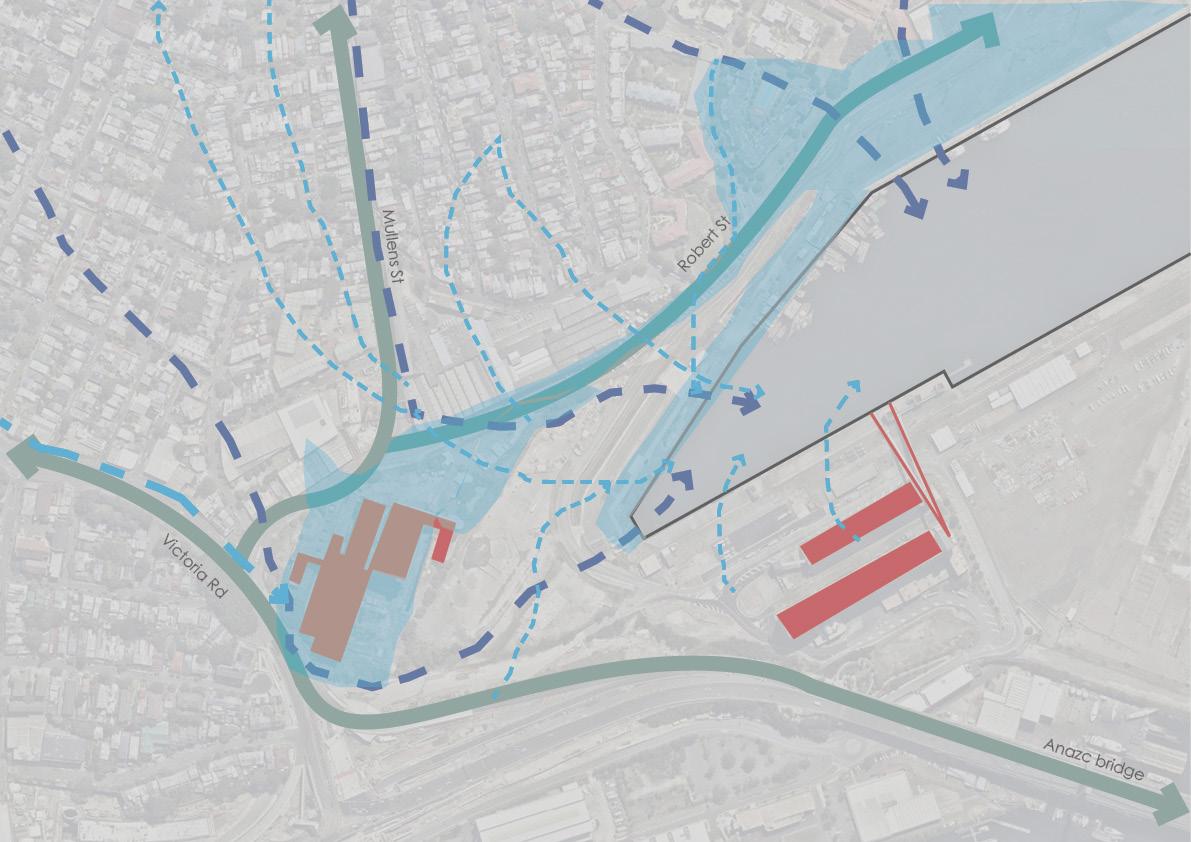

Water contain area
- Overland flow and Impervious surface: Stormwater run off
- Existing flooding issue: Affects key heritage WBPS

1. Water system resilience - mitigate flood risk

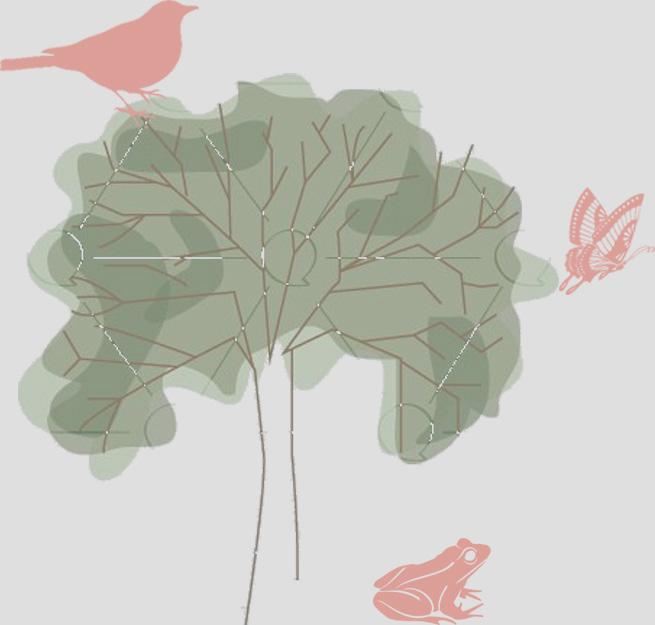













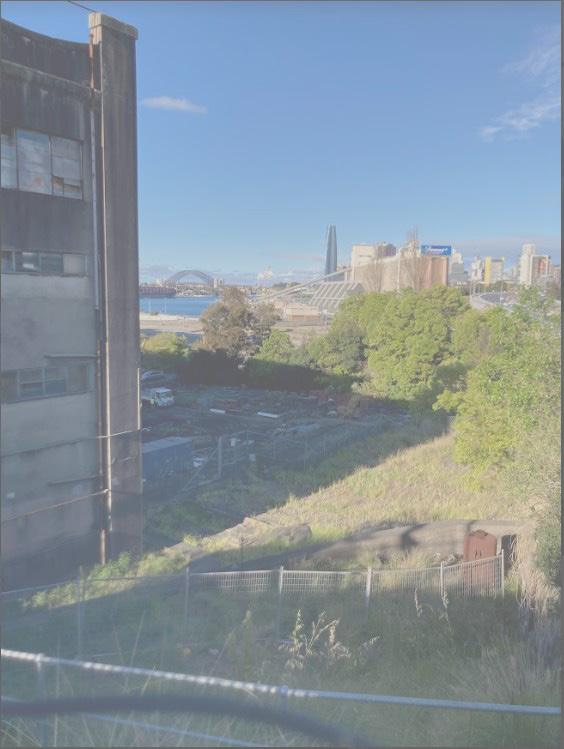
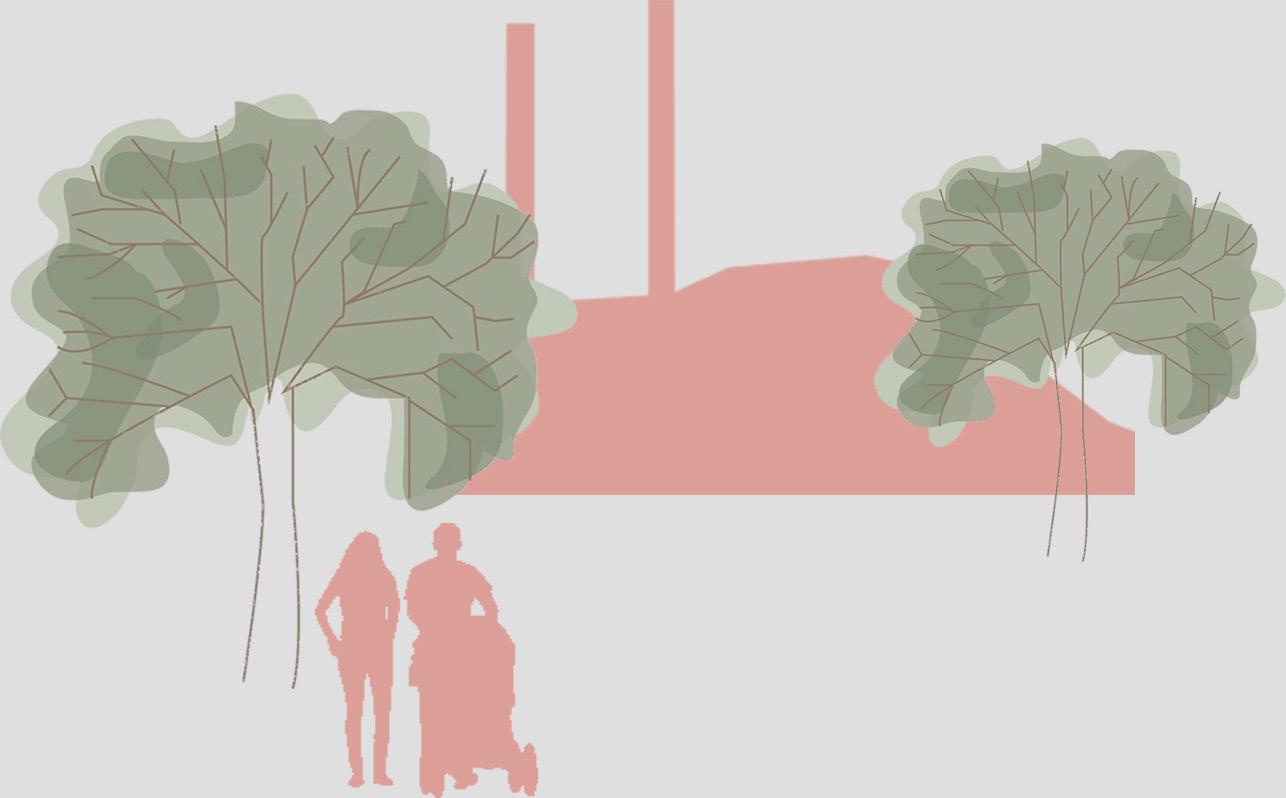
























What if an green infrastructure improved water quality outside the metro station, making post-industrial sites part of the daily commuting experience and celebrating the heritage of the site?



Improving the stormwater quality and reuse for site irrigation and water supply for the water feature therefore improve hydrological system to address the climate issue
Enhancing the interaction between daily commuter and the site through designing a water soundwalk and sensory garden
Establish aquatic flora species that create the habitat for green and golden belt frog and engage the public with water bodies through circulatory systems to create a coexistence urban ecology
Stage 1-Water quality management
Phytoremediation
Stormwater quality management
Habour water purification
Stage 2-Commutor experience
Site access
Stormwater reuse
Seasonal change
Stage 3-Co-exisitance
Habitat restoration
Green infrastructure growth Timeline









Phytoremediation Toxic soil

Polluted harbour water
Water flow in sandstone

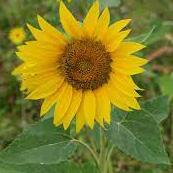






Bioretention



Australian reed-warbler

Shallow water
Deep water zone



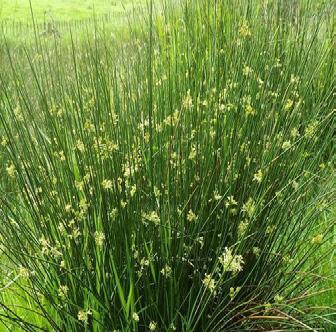







































































































Water movement Fauna and Flora






Phytoremediation/Noise barrier
Phytoremediation/Cafe zone
Bioretention
Wetland
Promenda
Waterfront sitting zone


Timber platform


Timber platform Cafe/Events yard Raingarden Still water-scape Water feature Waterfront sitting zone with level change
1:500@A1

Still pool with timer bridge Linear





















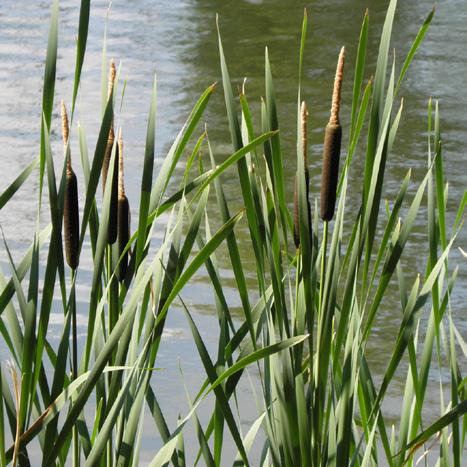


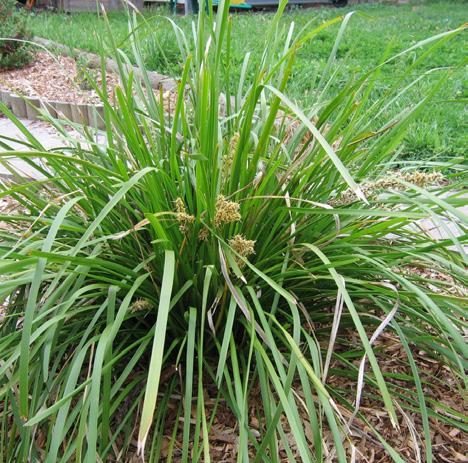

Periodically drying out water body

Ground level lighting





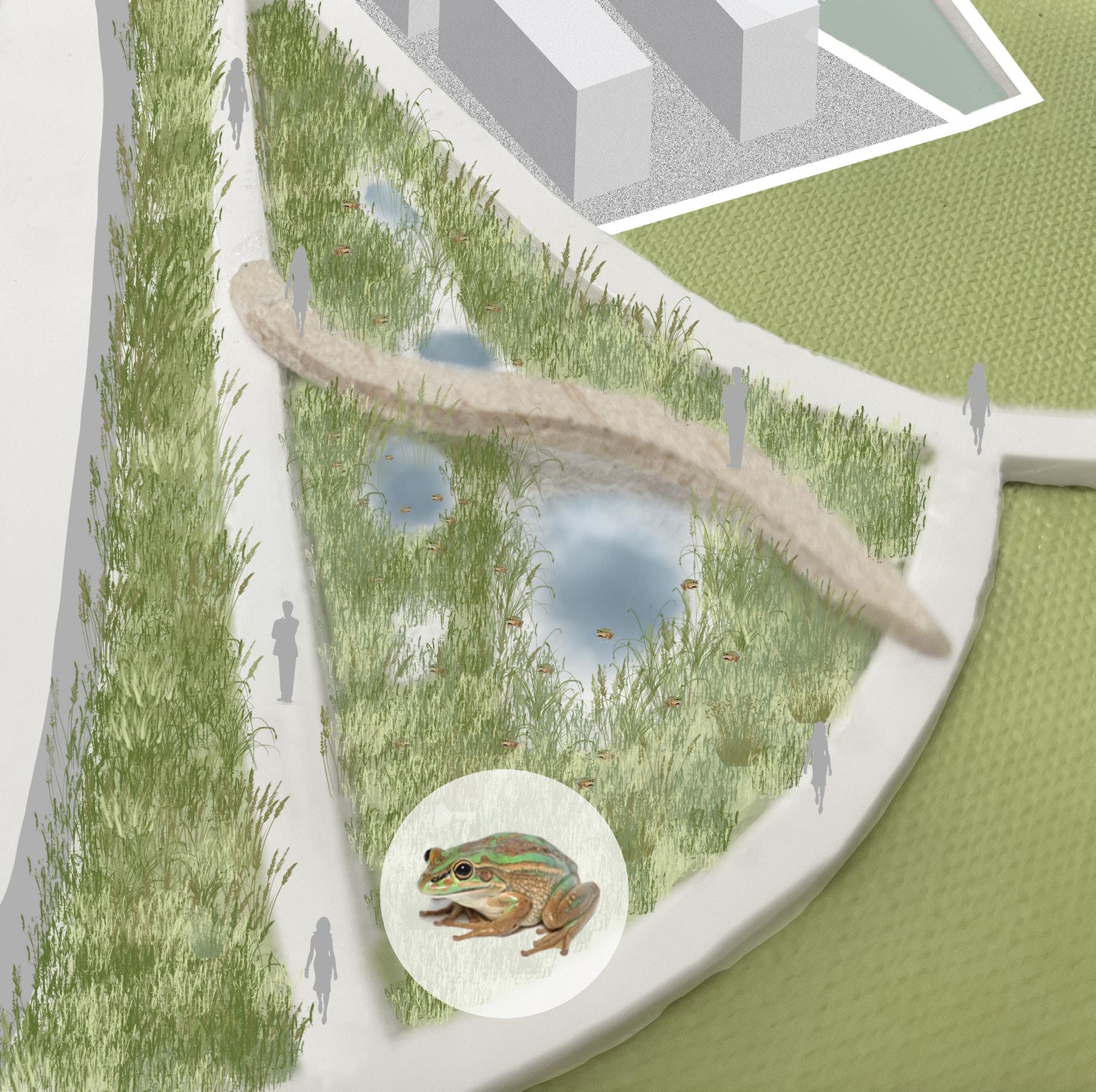

Dry season Monsoon season








































































































